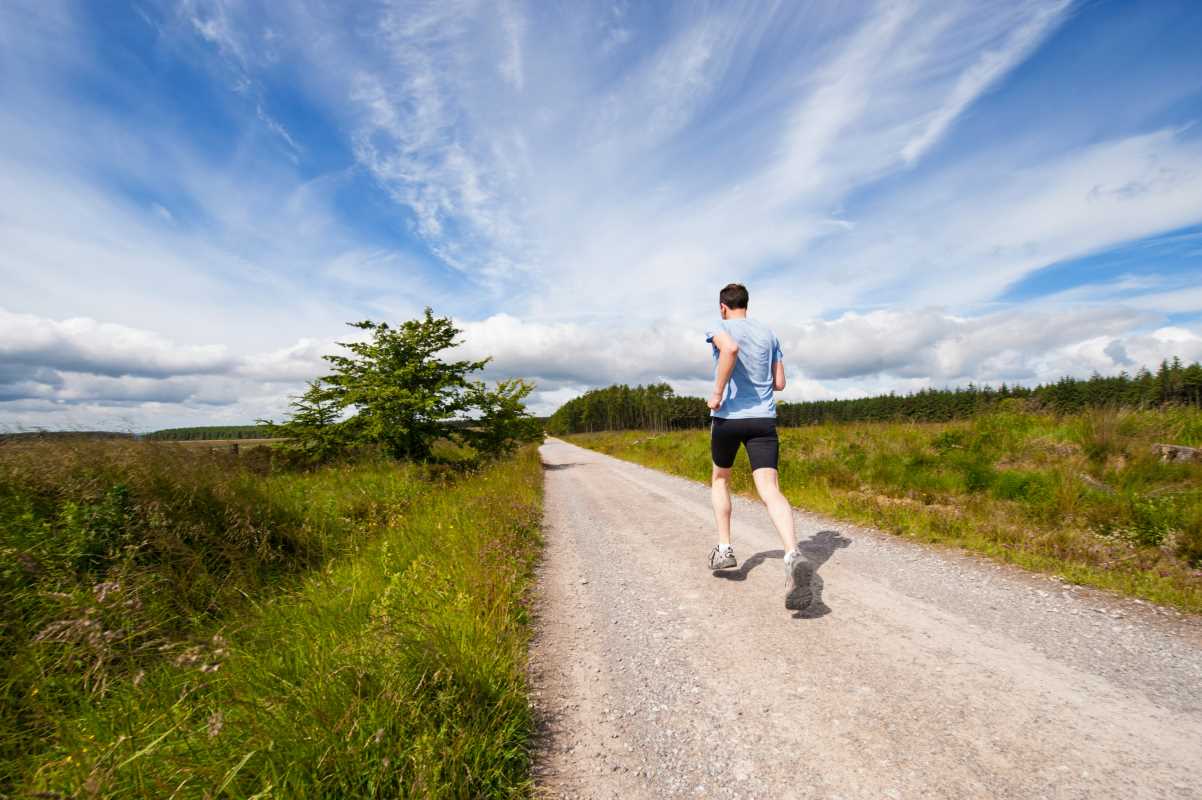Cold mountain mornings awaken the senses and demand attention in a way few environments can. Moving through the thin air, muscles and lungs must work harder with every step, pushing the body to adjust and perform. As the body responds, lasting changes begin to take hold—circulation improves, oxygen is used more efficiently, and each breath builds resolve. Many athletes seek out these high-altitude challenges, knowing that the struggle on steep trails leads to stronger legs, better endurance, and a mental toughness that endures long after the descent. Every labored inhale becomes a sign of growth, not a reason to stop.
Challenging familiar thresholds unlocks new potential. You’ll learn how slight tweaks in elevation, exposure time and recovery reveal hidden reserves in muscle fibers and blood chemistry. Instead of following cookie-cutter routines, you’ll discover how to tailor each session to your responses. That’s where science meets the grit of real training, powering breakthroughs that turn altitude into your personal laboratory for endurance gains.
Reaching Untouched Physiological Frontiers
High elevation forces your body to reassign its resources. With less oxygen per breath, mitochondria become more efficient powerhouses and red blood cells adjust in number and function. You activate pathways that remain dormant at sea level. That hidden network of capillaries expands to keep muscles fueled, raising overall stamina when you return to denser air.
Skip cliché explanations, and consider this: your protein channels shift toward forms that use oxygen sparingly, and your hormonal signals fine-tune recovery rates. Small shifts in hemoglobin response lead to meaningful changes in workout intensity. Those tweaks start on day one of exposure, but real shifts appear after consistent elevation doses spread over weeks. Elevation training becomes less about suffering through thin air and more about orchestrating specific stress-recovery rhythms tailored to you.
Building Subtle Systemic Improvements
Altitude exposure doesn’t merely increase red-blood-cell counts. It remodels breathing patterns to improve CO₂ tolerance, enhances calcium handling in muscle fibers, and refines neurological drive so you recruit more muscle units for every contraction. Each system—cardiac output, capillary density, enzyme activity—evolves in concert, multiplying the effect on your race pace or long-distance ride.
Think of your body’s internal metrics as a symphony. Elevation training sharpens rhythmic breathing like a conductor honing tempo, then layers in vascular expansion and biochemical shifts that boost endurance without adding bulk. You learn to trust sensations of breathlessness and muscle burn as signs of progress, not just discomfort. That mindset shift solidifies gains by keeping you engaged and pushing zones you once avoided.
Applying Altitude-Based Practices
- Gradual Elevation Increase
- Purpose: Adapt without overwhelming your system.
- Step-by-step plan:
- Start at 1,500 meters for two sessions within three days.
- Increase to 2,000 meters for four sessions over one week.
- Jump to 2,500 meters for training blocks of ten days.
- Cost/metric: Travel costs vary but average ~$15 per session if using local hills.
- Insider tip: Schedule rest days after altitude jumps to let breathing stabilize before increasing intensity.
- Intermittent Hypoxic Exposure
- Purpose: Mimic high-altitude benefits without full relocation.
- Step-by-step plan:
- Use a controlled breathing mask or chamber for 30 minutes.
- Alternate 5 minutes of reduced oxygen with 3 minutes of normal oxygen for four cycles.
- Repeat three times a week alongside light strength training.
- Cost/metric: Rental rates average ~$20 per hour at specialized centers.
- Insider tip: Perform sessions before aerobic workouts to prime mitochondrial adaptations without undue fatigue.
- Oxygen-Saving Endurance Intervals
- Purpose: Teach the body to use oxygen more efficiently.
- Step-by-step plan:
- Warm up at low intensity for 15 minutes.
- Run or cycle at 85% of max heart rate for 3 minutes.
- Recover at 60% intensity for 2 minutes.
- Repeat for six sets.
- Cool down for 10 minutes.
- Cost/metric: No equipment needed beyond a heart-rate monitor.
- Insider tip: Schedule intervals after sleep in a moderately elevated room to enhance overnight breathing benefits.
- Altitude-Simulating Sleep Setup
- Purpose: Extend exposure during rest phases.
- Step-by-step plan:
- Adjust tent or room altitude generator to simulate 2,000 meters.
- Use moderate humidity control to prevent dryness.
- Sleep in that environment for at least six hours nightly.
- Cost/metric: Device rental or purchase averages ~$250 per month.
- Insider tip: Start at lower simulated elevations and increase by 200 meters weekly to maintain sleep quality.
- Structured Return-to-Sea-Level Taper
- Purpose: Lock in altitude improvements when returning to dense air.
- Step-by-step plan:
- After descent, rest one day.
- Perform a low-intensity aerobic session the following day.
- Do a tempo workout on day three at 80% max.
- Use active recovery on day four.
- Resume tapering for race or event on days five through seven.
- Cost/metric: Minimal, fits within your existing training plan.
- Insider tip: Monitor perceived exertion instead of heart rate, since cardiac responses shift after altitude exposure.
Monitoring Progress with Easy Checkpoints
Keep a daily log that tracks heart rate variability, perceived effort and breathing comfort. Record readings upon waking and after each session to identify patterns. Note any persistent breathlessness or unusual fatigue. Adjust the next session’s intensity if metrics fall behind for more than two consecutive days.
- Write down your Morning Resting Heart Rate: take three consecutive readings each day to smooth out anomalies.
- Rate your Session Effort: score each workout on a scale of one to ten rather than relying only on time or distance.
- Check Oxygen Saturation: use a portable pulse oximeter after intense workouts to ensure you stay above 88 percent for safe adaptation.
- Record Subjective Feedback: note factors like sleep quality, muscle soreness and appetite changes for a complete picture.
- Adjust Elevation or Duration: if saturation drops too low or fatigue increases, reduce altitude exposure by 200 meters or cut session length by 20 percent.
Apply elevation science with curiosity and attention to your body's responses, adjusting your approach as needed. With consistent practice, thin air becomes your greatest ally.
 (Image via
(Image via





